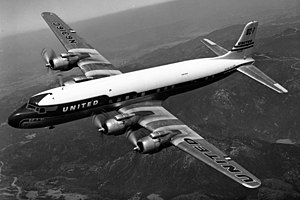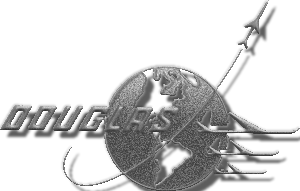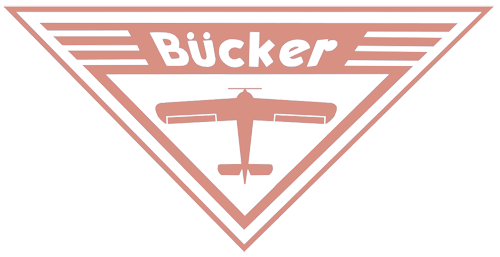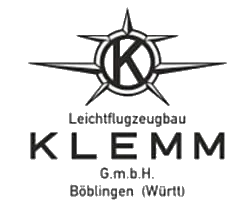Douglas
DC-7 Seven Seas
 |
|
| General information | |
|---|---|
| Type | Airliner and transport aircraft |
| National origin | United States |
| Manufacturer | Douglas Aircraft Company |
| Status | Retired |
| Primary users | American Airlines (historical)United Airlines (historical) Eastern Air Lines (historical) Pan Am (historical) |
| Number built | 338 |
| History | |
| Manufactured | 1953–1958 |
| Introduction date | 29 November 1953 |
| First flight | 18 May 1953 |
| Retired | October 2020 |
Developed from Douglas DC-6
.
History
Douglas DC-7 Seven Seas First Flight 18 May 1953
Produced 1953–1958

The Douglas DC-7 is an American transport aircraft built by the Douglas Aircraft Company from 1953 to 1958. A derivative of the DC-6, it was the last major piston engine-powered transport made by Douglas, being developed shortly after the earliest jet airliner—the de Havilland Comet—entered service and only a few years before the jet-powered Douglas DC-8 first flew in 1958. Unlike other aircraft in Douglas's line of propeller-driven aircraft, no examples remain in service in the present day, as compared to the far more successful DC-3 and DC-6

n 1945 Pan American World Airways requested a DC-7, a civil version of the Douglas C-74 Globemaster military transport. Pan Am soon canceled their order. That proposed DC-7 was unrelated to the later DC-6-derived airliner. American Airlines revived the designation when they requested an aircraft that could fly the USA coast-to-coast non-stop in about eight hours. (Civil Air Regulations then limited domestic flight crews to 8 hours' flight time in any 24-hour period.) Douglas was reluctant to build the aircraft until American Airlines president C. R. Smith ordered 25 at a total price of $40 million, thus covering Douglas' development costs.
The DC-7 wing was based on that of the DC-4 and DC-6, with the same span; the fuselage was 40 inches (100 cm) longer than the DC-6B. Four eighteen-cylinder Wright R-3350 Duplex-Cyclone Turbo-Compound engines provided power. The prototype flew in May 1953 and American received their first DC-7 in November, inaugurating the first non-stop east-coast-to-west-coast service in the country (unrealistically scheduled just under the eight-hour limit for one crew) and forcing rival TWA to offer a similar service with its Super Constellations. Both aircraft frequently experienced inflight engine failures, causing many flights to be diverted. Some blamed this on the need for high-power settings to meet the notional schedules, causing overheating and failure of the engines' power recovery turbines
0
KmCeiling
0
KmCombat RANGE
0
Km/hAircraft Speed
0
Max Crew
Photo Gallery
DC-7 Seven Seas First Flight 18 May 1953
Produced 1953–1958


Douglas DC-7 Seven Seas First Flight 18 May 1953
Produced 1953–1958
General Info
-
-
- Crew: 5 flight crew, 4 flight attendants
- Capacity: up to 105 Passengers + 18,440 lb (8,360 kg) cargo/baggage
- Length: 112 ft 3 in (34.21 m)
- Wingspan: 127 ft 6 in (38.86 m)
- Height: 31 ft 8 in (9.65 m)
- Wing area: 1,637 sq ft (152.1 m2)
-
Powerplant
-
-
- Empty weight: 72,763 lb (33,005 kg) * Operating weight empty: (35,780 kg)
- Max takeoff weight: 143,000 lb (64,864 kg) * Maximum landing weight: 109,000 lb (49,000 kg)
- Fuel capacity: 7,824 US gal (6,515 imp gal; 29,620 L) in eight wing tanks
- Powerplant: 4 × Wright R-3350-988TC18EA1-2 18-cylinder turbo-compound air-cooled radial piston engines, 3,400 hp (2,500 kW) each for take-off at sea level
-
-
-
- 2,800 hp (2,100 kW) in low blower at sea level
- 2,850 hp (2,130 kW) in low blower at 4,300 ft (1,300 m)
-
-
-
Performance
- Maximum speed: 406 mph (653 km/h, 353 kn) , rated power in high blower at 22,700 ft (6,900 m)
- Cruise speed: 346 mph (557 km/h, 301 kn) recommended at 21,600 ft (6,600 m) and 110,000 lb (50,000 kg) A.U.W.
- Range: 5,635 mi (9,069 km, 4,897 nmi) , max fuel, 15,310 lb (6,940 kg) payload at 274 mph (238 kn; 441 km/h) at 15,000 ft (4,600 m) with no allowances
-
-
- Service ceiling: (6,600 m) at max
-
-
- Rate of climb: 240 ft/min (1.2 m/s) at 20,000 ft (6,100 m) at max A.U.W.
- Take-off field length: 6,360 ft (1,940 m) at max A.U.W.
- Landing run from 50 ft (15 m): 5,100 ft (1,600 m)
Aircraft of comparable Role
Links to Youtube & Others
tarting in 1959 Douglas began converting DC-7s and DC-7Cs into DC-7F freighters to extend their useful lives. The airframes were fitted with large forward and rear freight doors and some cabin windows were removed.
Douglas
DC-7 Seven Seas
Since the late 1940s Pan Am and other airlines had scheduled a few non-stop flights from New York to Europe,
Youtube Link
The predecessor DC-6, especially the DC-6B, established a reputation for straightforward engineering and reliability. Pratt & Whitney, manufacturer of the DC-6s Double Wasp engines,












